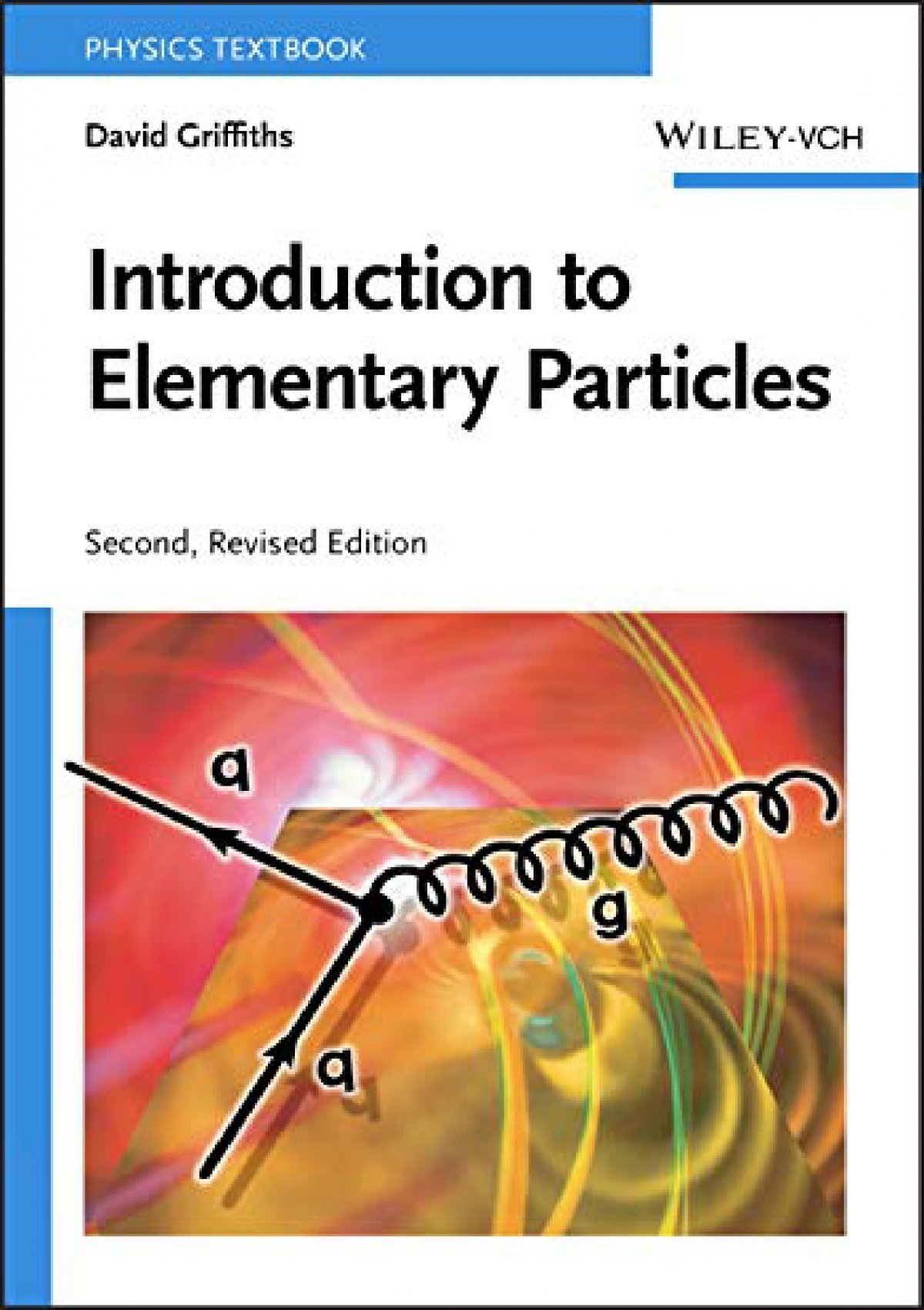What exactly are elementary particles, and how can one begin to grasp their enigmatic nature? In the realm of particle physics, these fundamental constituents of matter defy conventional understanding. Their properties and interactions challenge our perceptions of reality. In exploring the landscape of elementary particles, we encounter a complex interplay of theoretical frameworks, experimental validation, and philosophical implications. Let us embark on an intellectual journey that elucidates the intricacies of elementary particles while posing a compelling challenge: can one truly comprehend that which is, at its core, incomprehensible?
The journey begins with the definition of elementary particles. They are the building blocks of matter, presiding over the interactions that constitute the physical universe. Comprised of quarks, leptons, and gauge bosons, these particles are not composed of other particles; they exist in a fundamental state. This simplicity belies an immense complexity, as the Standard Model of particle physics attempts to categorize and describe their properties and behaviors. Yet, as we delve deeper, we must confront a central question: does this model capture the entirety of our physical universe?
Elementary particles can be classified primarily into two categories: fermions and bosons. Fermions, which include quarks and leptons, govern the matter in the universe. They possess half-integer spin and adhere to the Pauli exclusion principle, which prevents identical particles from occupying the same quantum state. On the other hand, bosons, exemplified by photons and gluons, have integer spin and facilitate the fundamental forces acting upon fermions. This distinction raises a fascinating puzzle: how do these particles, each with distinct attributes and roles, cooperate to maintain the universe’s delicate balance?
The complexities of elementary particles become even more pronounced when we consider their interactions via the four fundamental forces: gravitation, electromagnetism, the strong nuclear force, and the weak nuclear force. Gravitons, hypothetical particles, are proposed to mediate gravitational interactions, although they remain elusive. Meanwhile, gauge bosons like photons and gluons convey electromagnetic and strong interactions, respectively. The weak force, crucial for nuclear decay processes, is represented by W and Z bosons. Each interaction represents a facet of particle behavior that entwines with the very fabric of existence, prompting one to ponder—how do we reconcile the abstract mathematics of particle physics with tangible phenomena experienced in daily life?
To deepen our understanding, one must engage with experimental physics. Particle accelerators, such as the Large Hadron Collider (LHC), facilitate high-energy collisions that create conditions mimicking those of the universe’s infancy, revealing the presence of previously undiscovered particles. Each collision generates a wealth of data analyzed by scientists to verify the predictions made by theoretical models. For instance, the discovery of the Higgs boson in 2012 confirmed the existence of the Higgs field, an essential component of the Standard Model. Yet, this raises an even more profound inquiry: what phenomena remain veiled, waiting to be unraveled by future experiments?
Furthermore, the realm of quantum mechanics complicates our understanding of elementary particles, wherein particles possess dual characteristics—a wave-particle duality—that fractalizes our comprehension of reality itself. This conundrum invokes principles such as uncertainty and superposition, challenging the deterministic worldview that once dominated physics. As we grapple with these paradoxes, we confront an existential dilemma: can the human mind ever fully grasp the intricacies of quantum behavior, or are we forever limited by our material perception?
Illuminating the philosophical implications, we encounter diverse interpretations of quantum mechanics, each vying to provide clarity amid confusion. The Copenhagen interpretation posits that particles exist in probabilistic states until measured, suggesting that observation fundamentally alters reality. Conversely, the Many-Worlds interpretation posits that every quantum event spawns multiple branching realities. Each perspective offers tantalizing insights while simultaneously probing the nature of consciousness, reality, and existence, leaving readers to wonder: do our observations shape the fabric of reality, or are we merely witnesses in an indifferent universe?
As we synthesize these concepts, a final challenge emerges: how do we communicate the complexity of elementary particles to those unacquainted with the esoteric language of physicists? Crafting analogies and visual models becomes paramount, inviting curiosity without oversimplifying the profound intricacies involved. For instance, one might liken leptons to elusive ghosts—existing in a realm apart yet integral to constructing the matter we encounter. The glory of science lies in its ability to transcend disciplinary boundaries, promoting interdisciplinary dialogues that enrich our understanding of elementary particles and their implications.
Ultimately, making sense of elementary particles beckons one towards a harmonious interplay of knowledge and wonder. As we grapple with the enigmatic nature of these fundamental entities, we cultivate an appreciation for the mysteries yet to be explored. The challenge, then, is not only in acquiring knowledge but in embracing the ambiguity that accompanies the pursuit of understanding, thus reaffirming the notion that in physics, as in life, some questions may be more significant than the answers themselves. By fostering curiosity and engagement in scientific discourse, we not only expand our understanding of nature but also inspire future generations to unravel the cosmic tapestry of existence, one elementary particle at a time.












